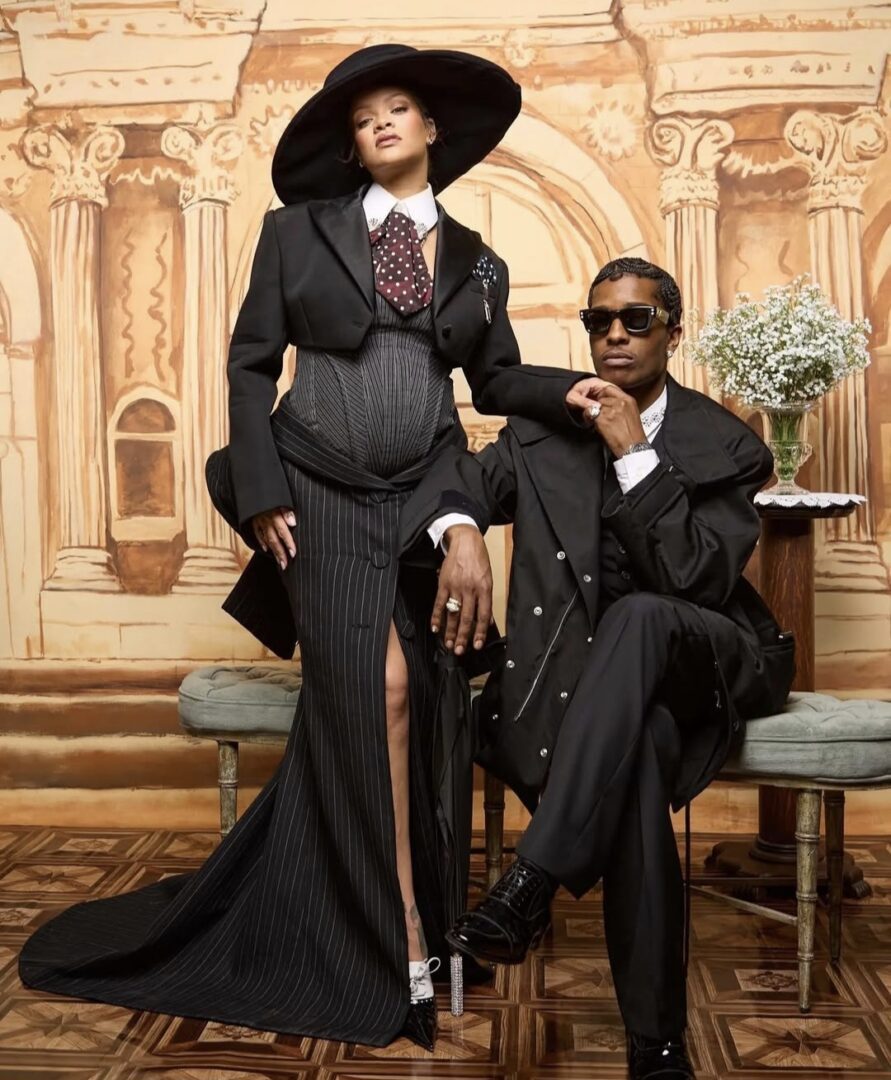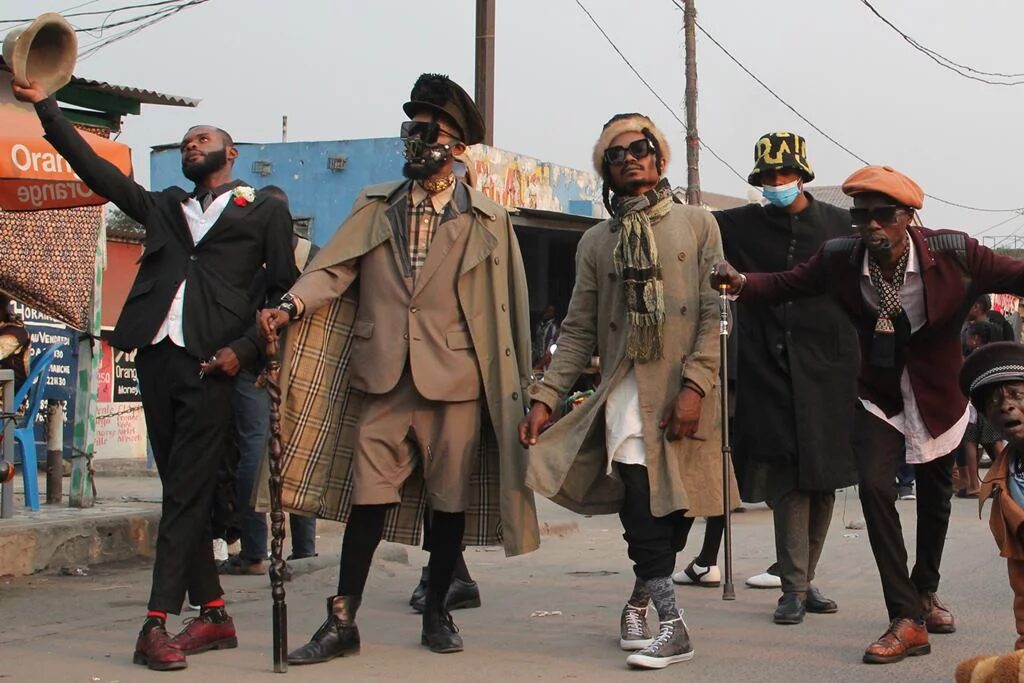Tribute to Black Dandyism
This year’s theme of the Met Gala Black Dandyism comes from the exhibition “Superfine: Tailoring Black Style,” a landmark show tracing over 300 years of Black fashion through the lens of dandyism.
Black Dandyism is a significant aspect of Black culture, particularly in the African diaspora.
It’s a style of dress and a cultural movement that emphasizes refined taste, luxury, and self-expression through clothing. Black Dandyism has roots in European dandyism, but it’s been adopted and transformed by Black communities to serve as a form of resistance, self-fashioning, and a way to challenge stereotypes.
A$AP Rocky was a co-chair at the 2025 Met Gala.

Black dandyism, a fashion movement that originated in the 18th century, has its roots in the Atlantic slave trade. Initially, it was not a matter of personal choice but rather an imposed style, as European aristocrats adorned their Black servants in elaborate uniforms to signify their own social status. These “luxury slaves” were frequently perceived as mere accessories, and although their clothing was mandated, it ultimately provided a vehicle for subtle resistance and self-expression.
Origins in Slavery:The practice of dressing enslaved Black people in fine clothes arose during the height of the transatlantic slave trade as a way for white enslavers to display their wealth and status. These “luxury slaves” were often displayed in portraits, highlighting their opulent attire and the enslavers’ social standing.

- From Imposition to Resistance: While initially a form of subjugation, Black individuals began to personalize their uniforms, injecting their own style and pride into the garments. This subtle rebellion and self-definition transformed the attire from a symbol of servitude into a tool for self-expression and resistance.
- West African Influences: Despite the European origins of the style, Black dandyism also drew inspiration from West African traditions of adornment and self-presentation.
- Evolution and Legacy: Black dandyism evolved over time, finding expression in various forms, including the Harlem Renaissance and contemporary streetwear. It has become a powerful way for Black individuals to assert their identity, challenge stereotypes, and reclaim their agency.
- Example of Resistance: The story of Julius Soubise, an enslaved Afro-Caribbean man who became the companion of the Duchess of Queensberry, exemplifies how Black individuals could transform their imposed attire into a form of self-expression and resistance. He was known for his flamboyant style and his ability to navigate London’s social scene while simultaneously challenging the status quo.
Section curated by Art News.
During the Harlem Renaissance and extending into the 20th century, the Black Dandyism movement evolved into a significant form of self-expression, resistance, and pride. Individuals of African descent embraced European-inspired fashion, such as zoot suits, as a means to assert their identity and autonomy in the context of racial discrimination and societal constraints. This practice entailed employing clothing as a tool to contest societal norms, redefine concepts of masculinity, and articulate individual style.
Congolese Dandyism: Sapeurs and the SAPE in Congo.

The dandies of Congo, are members of la Sape: Société des Ambianceurs et des Personnes Élégantes (French; literally “Society of Ambiance-Makers and Elegant People”)
The sapeurs, SAPE or dandyism, is a very popular urban subcultural movement in some cities of the Democratic Republic of Congo and the Republic of Congo. This movement is usually characterised by high fashion, luxury, expensive or designer brands.
By the time the slave trade was abolished, liberated Africans had already begun to create their own unique dandy style, in some cases, doing it better than the Europeans had ever done it.
